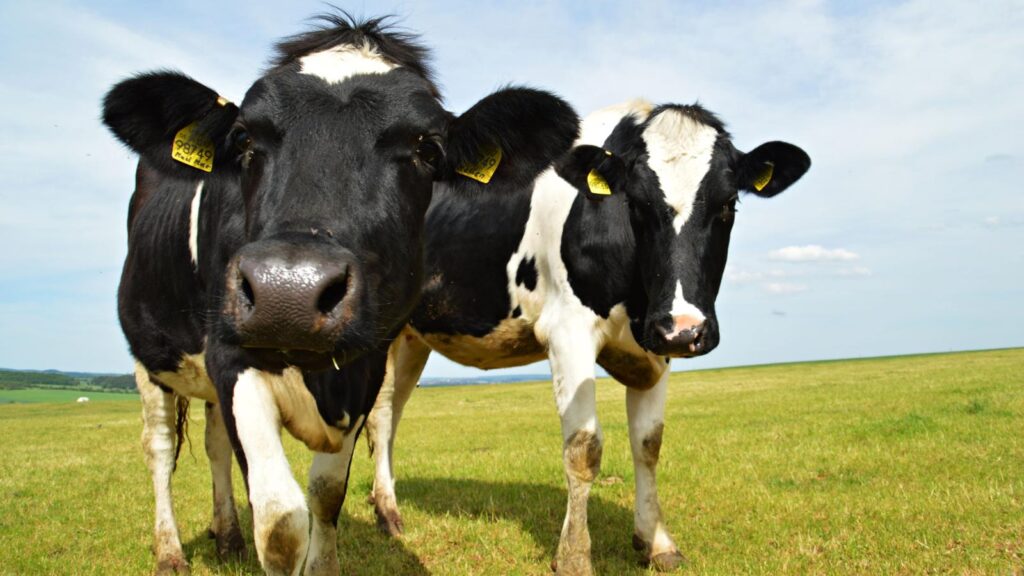
By Darren Turley
TAD Executive Director
July has started off with a bang for the dairy industry, which is fitting as we celebrated our nation’s Independence Day. While the halls in the Texas Capitol are quiet, there is a lot to watch in Washington, D.C.
The U.S. Department of Agriculture (USDA) has issued its recommendations on changes to the Federal Milk Marketing Order system that sorts through the 21 proposals that were discussed in the long hearing process.
The return to the “higher-of” method as the Class I pricing mechanism is one issue that most producers and cooperatives focused on in the hearings. It is included in the draft; however, the elimination of shelf stable milks is an unexpected change. This milk will have a separate pricing system that is centered on a 24-month rolling adjuster to form an average pricing system.
The draft will be published in the Federal Register for a 60-day public comment period in which producers, cooperatives and processors can make recommendations. Producers then will get a chance to vote on the final proposed reforms, maybe by the end of the year but likely in early 2025.
The Texas Association of Dairymen (TAD) will continue to update you on the issue and encourage your input on the presented changes to the milk market system.
Also on the federal level, TAD continues to monitor the Farm, Food and National Security Act of 2024, which is moving slowly through the legislative process. Most experts speculate that this year’s farm bill will not be voted on this until the first quarter of 2025. The U.S. Senate Republicans’ farm bill framework was released in June, and it contains some policy priorities for the dairy industry, according to the National Milk Producers Federation.
The USDA also has announced it is accepting applications for emergency assistance for dairy producers who have incurred milk losses due to Highly Pathogenic Avian Influenza (HPAI). Payments will be made through the updated Emergency Assistance for Livestock, Honeybees and Farm-raised Fish Program (ELAP).
As of July 8, Texas has 21 farms with HPAI-diagnosed cows that are eligible to apply for the assistance at their local Farm Service Agency office.
The per cow milk loss payment will be determined based on an expected 21-day period of no milk production when a cow is removed from the milking herd, followed by seven days when the cow has returned to milking but produces 50% of the normal amount of production.
ELAP payments will be determined using a per head payment rate calculated based on the monthly all-milk price and national milk production published by the National Agricultural Statistics Service and a standard number of days with reduced or no production. Find more information here.
HPAI continues to move through the country with 12 states having infected farms and a fourth human infection case diagnosed recently in Colorado. The dairy industry continues to deal with this disease and likely will for several more months.
While TAD continues to monitor activity on both the state and federal legislative fronts, we hope you will do your part to support the Texas dairy industry – while beating the summer heat – by enjoying National Ice Cream Month.


